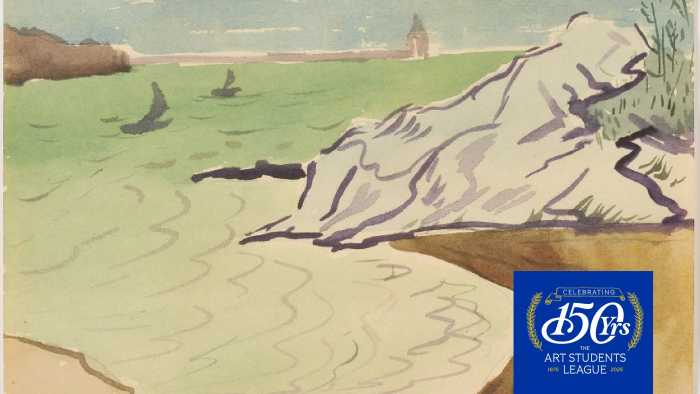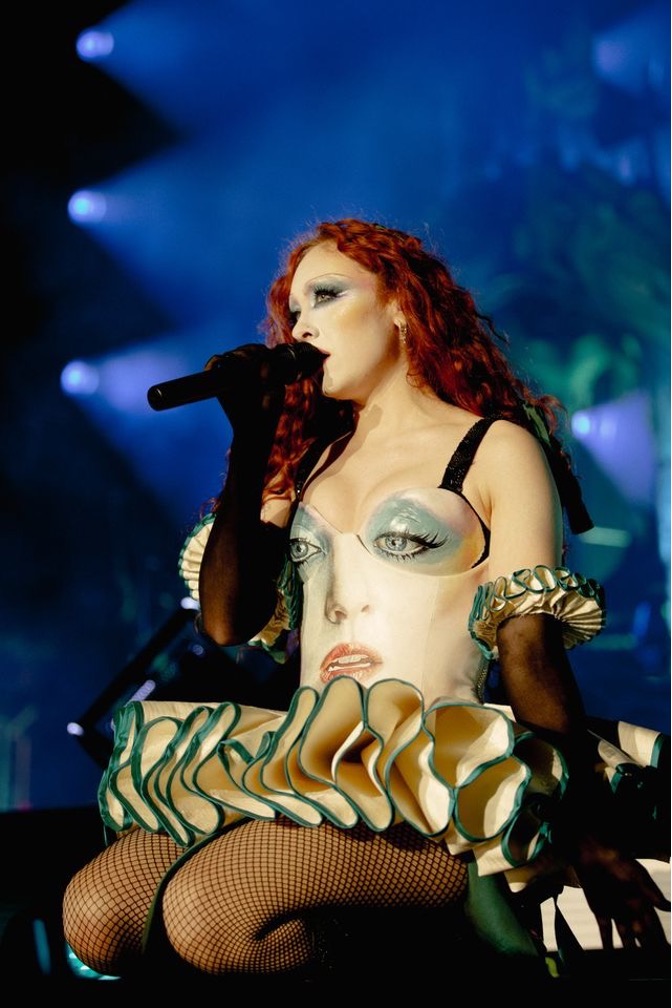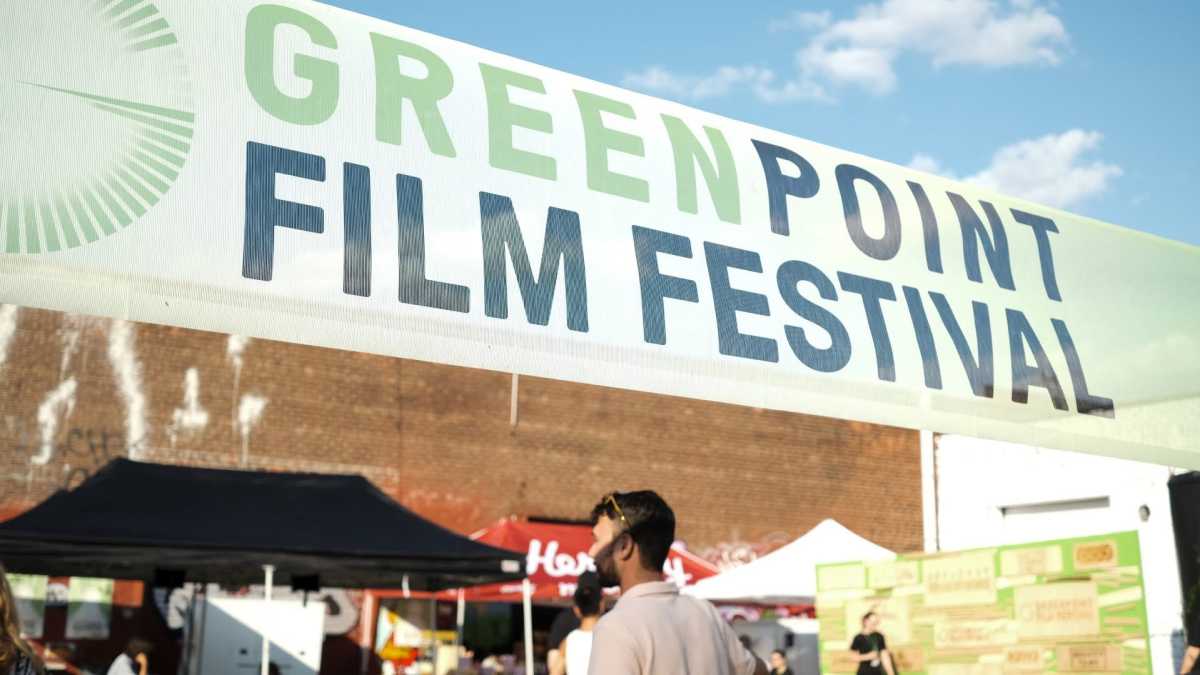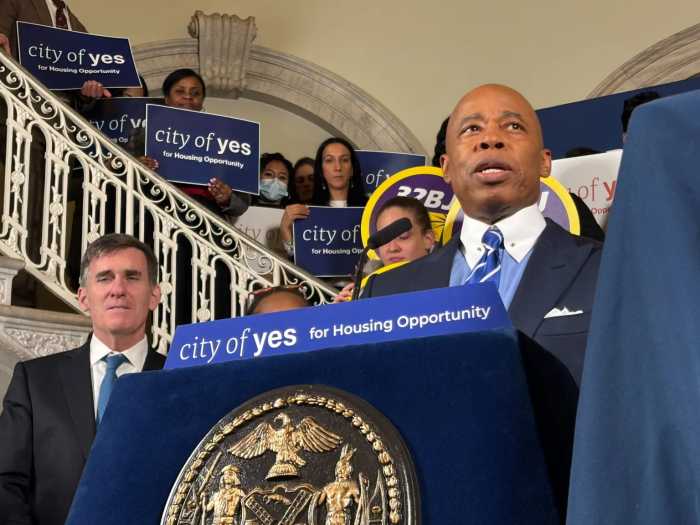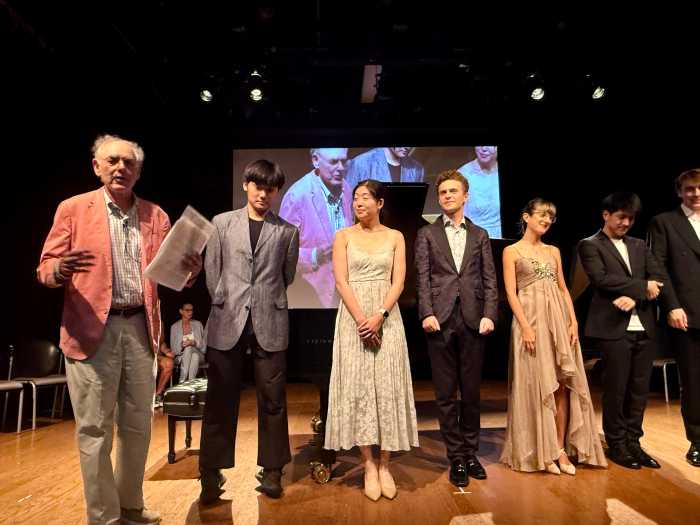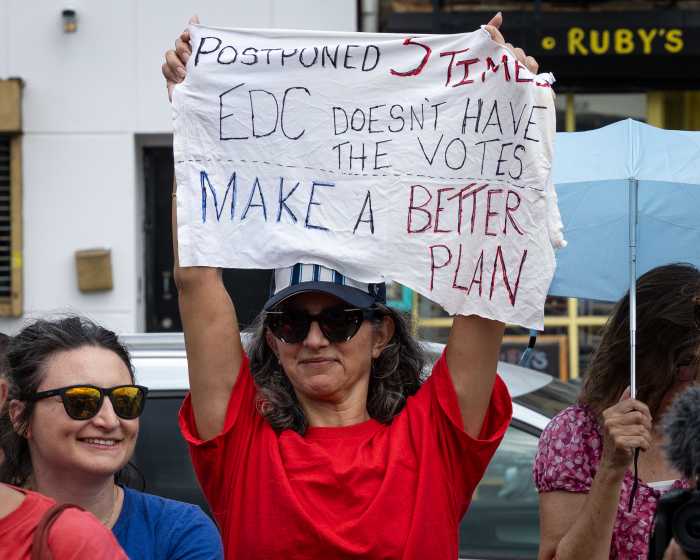Manhattan residents and businesses scored some big transit wins this week.
First, the Department of Transportation and MTA announced they would convert the busy, iconic stretch of 34th Street between 3rd and 9th Avenues into a busway. The street would soon be restricted to crosstown buses on a route that’s notoriously slow and difficult for anyone, drivers and pedestrians alike, to navigate because of the near-constant congestion.
When people think of 34th Street, Christmas and Santa Claus usually spring to mind, but if enacted, the busway could prove to be a miracle for Midtown Manhattan that will last all year long.
It’s hard to underestimate how important a stretch 34th Street is, as it links together the Herald Square shopping district anchored by Macy’s with Penn Station and the bustling area around Madison Square Garden.
The district has long needed a reliable, quick crosstown mode of transportation, but traffic along the strip makes it impossible for buses to move quickly. The M34, in fact, has consistently ranked among the slowest bus routes in New York City for years.
The 34th Street busway has the potential to finally solve the congestion problem and open up the roads to more foot traffic and business.

Likewise, the city announced it would fully fund the transformation of 5th Avenue in Midtown into a primarily pedestrian boulevard with wider sidewalks and less foot traffic.
Anyone who has walked through 5th Avenue during the holiday season can tell you what a nightmare it is to navigate. The crush of tourists and shoppers, especially around Rockefeller Center and St. Patrick’s Cathedral, can take the joy of the season out of you in a heartbeat and leave you feeling overwhelmed and a bit claustrophobic.
The city’s plan, forged in cooperation with local business groups such as the Fifth Avenue Association, the Grand Central Partnership, the Central Park Conservancy and the Bryant Park Corporation, will transform the iconic roadway into a modern pedestrian oasis with fewer vehicular traffic lanes and more tree-lined buffers, benches, lighting and stormwater infrastructure.
According to Mayor Eric Adams, the $400 million plan will pay for itself within a few years. Despite the congestion, 5th Avenue already generates 313,000 direct and indirect jobs and $111.5 billion in annual economic output. Making 5th Avenue more attractive to pedestrians and businesses will only make this economic candle in the heart of Midtown burn brighter.
Putting pedestrians first is an investment that benefits all New Yorkers and businesses. Here’s hoping the city will consider more busways and pedestrian plazas in other parts of the Big Apple.
Every borough has communities facing congestion, too — Jamaica, Queens, Downtown Brooklyn, Concourse in the Bronx, etc. — that could reap the economic and environmental rewards.












